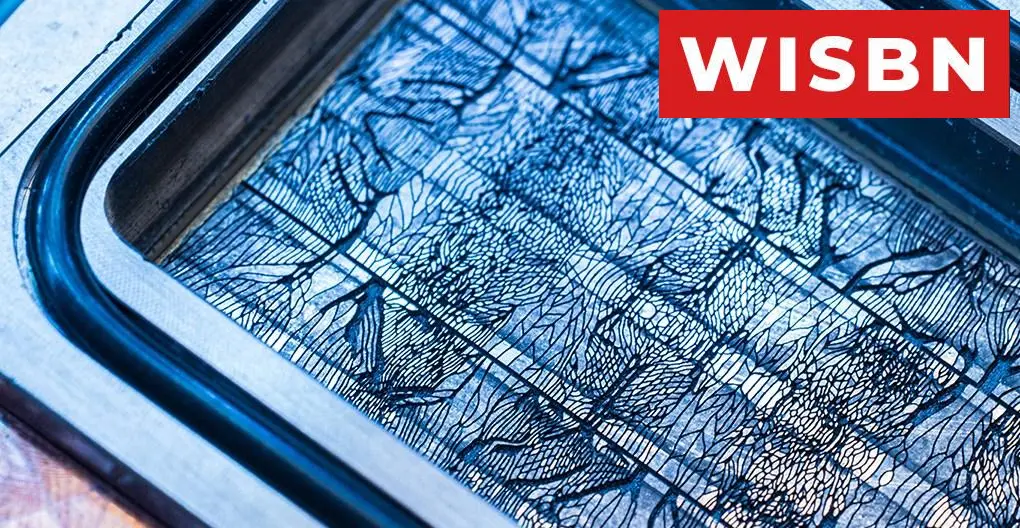Microsoft is progressing with a novel approach to cool microchips that it says could result in more energy-efficient data centers down the line. The technique, known as microfluidics, uses liquid coolant running directly through the silicon. After laboratory experiments, Microsoft reported that this approach can dissipate heat up to three times more effectively than the cold plates currently used in data centers. The company said this week that it managed to build a microfluidic cooling solution for a server handling core services for a simulated Microsoft Teams meeting.
If they can replicate that performance outside the lab, microfluidics could reduce the energy required to cool a data center. It might also enable more powerful chips that today’s cooling methods would have difficulty keeping from overheating. But numerous variables remain that could affect how influential this new technology becomes in practice.
It could lead to more powerful chips that current cooling systems would struggle to keep from overheating
Compared with older data centers, the next generation being constructed to train and run new AI models contains far more powerful processors. Those GPUs not only consume large amounts of power, they also generate significant heat. Cooling them is a challenge that impacts performance and increases a data center’s energy consumption.
Usually, a data center may use fans to blow cool air over a chip. A more advanced solution Microsoft uses for higher-power processors involves copper cold plates with fluid circulating through them. Placing that plate atop a chip pulls heat away from it.
With microfluidic cooling, liquid moves through channels etched into the back of a chip. The challenge is ensuring the channels, roughly the diameter of a human hair, are deep enough to avoid clogging but not so deep that they make the chip more prone to fracturing. Microsoft says it applied AI to determine where to route coolant on a chip for the most effective cooling. The etched patterns are also influenced by nature — imitating leaf vein networks, for instance — which have already proven effective at distributing water and nutrients. Using microfluidics, Microsoft recorded a 65 percent drop in the maximum temperature rise of a GPU’s silicon.
The benefit of microfluidics is that it delivers fluid directly to the chip, removing the need for protective layers of material between the chip and the coolant as required by cold plates. Each layer, like a blanket, traps some heat, so the coolant must be colder to perform well with cold plates. Cold fluid enters the plate; hot fluid exits and must be cooled again. With microfluidics, the coolant doesn’t have to be chilled as much, saving energy.
Microfluidics can also let a data center manage demand spikes more efficiently. Teams calls, Microsoft offers as an example, typically begin every hour or half-hour. To cope with those load spikes, operators might install extra servers to have spare capacity even if they aren’t always in use. The alternative is to push existing servers harder, known as overclocking — but that risks overheating and damaging the chip. Because microfluidic cooling is more effective, it can permit more overclocking without the same likelihood of a chip failing.
In theory, if servers can perform at higher levels without causing chips to overheat, a data center might require fewer machines. And by lowering the risk of overheating, microfluidics could permit denser server arrangements inside a facility. It could reduce the financial and environmental costs of building additional sites.
All these advantages could be crucial for next-generation microchips, which are expected to be so powerful that cold plates may no longer suffice. Microsoft says microfluidics could also make 3D chip architectures feasible. Three-dimensional chips would be considerably more powerful than today’s relatively flat designs, but heat has been a barrier to realizing them. With microfluidics, there’s the potential to flow coolant through the chip itself.
Efficiency can also be a double-edged sword
Microsoft does not have a timetable for when this might be widely deployed. After further lab validation, the next hurdle is determining how to implement the manufacturing and supply chain adjustments required for microfluidics — for instance, when in the production process grooves will be etched into chips. Fortunately, they can use the same kind of coolant, a mixture of water and propylene glycol, that is already used in cold plates.
Other teams have been researching microfluidics for years as well. HP, for example, received $3.25 million in Department of Energy funding last year to develop its own microfluidic cooling approach. “All these things are good to see, we’re happy to see them, and where we can participate to move things faster we’re happy to,” says Husam Alissa, director of systems technology in Cloud Operations and Innovation at Microsoft.
Microsoft says it “hopes to help pave the way for more efficient and sustainable next-generation chips across the industry” in its recent blog post promoting its microfluidics progress. Energy efficiency is vital if the company aims to operate more sustainably. Like other tech firms, Microsoft’s climate-warming carbon emissions have risen as it has pursued generative AI. But efficiency can also cut both ways. When something becomes more efficient and cheaper to use, people tend to consume much more of it, which can ultimately increase the overall environmental impact. This is known as the Jevons paradox, which even Microsoft CEO Satya Nadella has mentioned as a driver of broader AI adoption.
See also: Microsoft Halts Israeli Defense Ministry’s Azure Cloud Access



